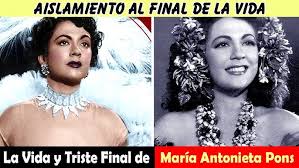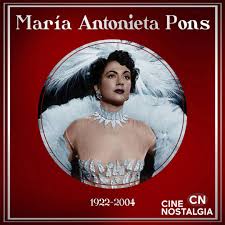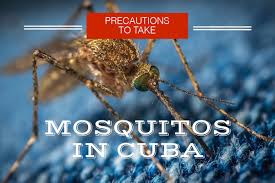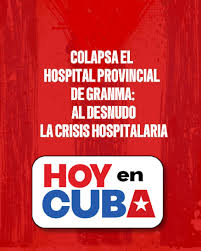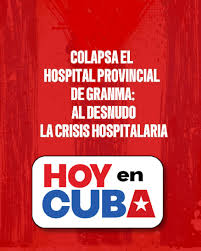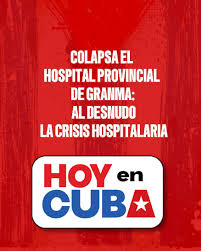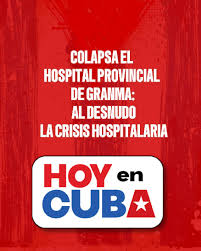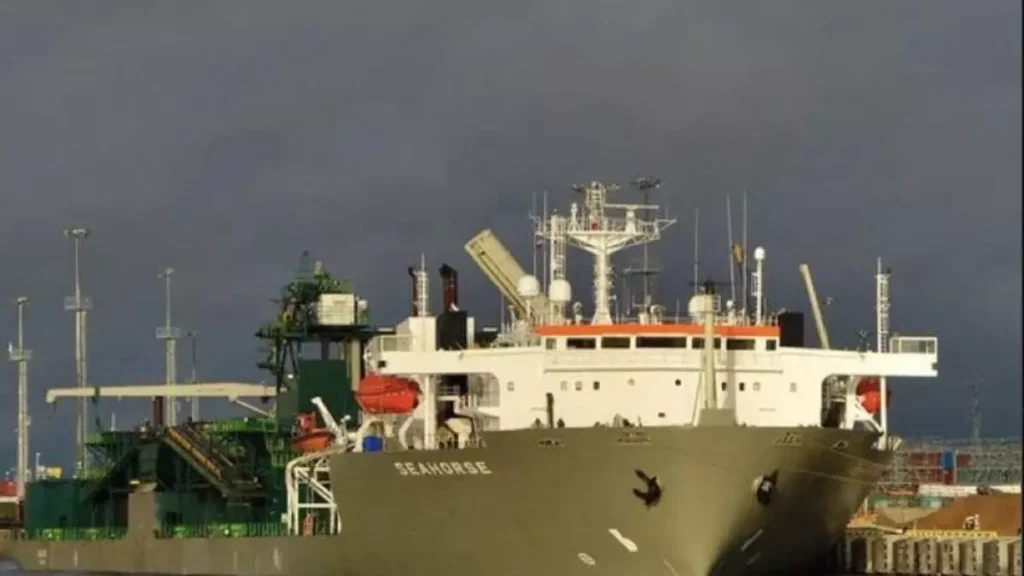
BUQUE DE GUERRA DE EEUU BLOQUEA EL PASO A TANQUERO DE PETROLEO RUSO EN EL CARIBE. PHOTOS.
Un buque de guerra de EE UU bloquea el paso a un tanquero cargado de petróleo ruso en el Caribe Venezuela. El ‘Seahorse’ pertenece a la flota en la sombra que Moscú usa para evadir las sanciones por la invasión de Ucrania y había hecho una escala previa en el puerto cubano de Matanzas.
MEXICO- El ‘Seahorse’, cargado de petróleo ruso, fue interceptado por la armada de Estados Unidos cuando se dirigía hacia Venezuela y cambió su rumbo, no sin intentar dos veces más llegar a su destino. Finalmente, volvió al puerto cubano de Matanzas, donde había estado previamente y de donde salió de nuevo con rumbo desconocido.
El episodio ocurrió el pasado 13 de noviembre cuando el destructor estadounidense USS Stockdale se colocó en su trayectoria. Aunque Estados Unidos no ha confirmado una intercepción formal, el viraje inmediato del petrolero sugiere que la presencia del buque estadounidense fue suficiente para obligarlo a retirarse.
El ‘Seahorse’, que navega bajo bandera de Camerún y pertenece a la flota en la sombra contratada por Rusia, lleva un producto clave para Venezuela, la nafta, que este país necesita para mezclar con su crudo extrapesado, uno de los más densos del mundo. Sin esa mezcla, el petróleo venezolano no puede ser transportado ni exportado, por lo que la nafta resulta indispensable para mantener operativa la industria nacional.
La dependencia venezolana de la nafta rusa se intensificó en 2025, cuando Estados Unidos redujo sus envíos a cero. Durante la administración de Biden, Chevron, una de las mayores compañías energéticas de EE UU, había logrado mantener ciertos suministros bajo licencias especiales. Sin embargo, esa vía quedó cerrada con la llegada de la política de máxima presión impulsada por el presidente Donald Trump.
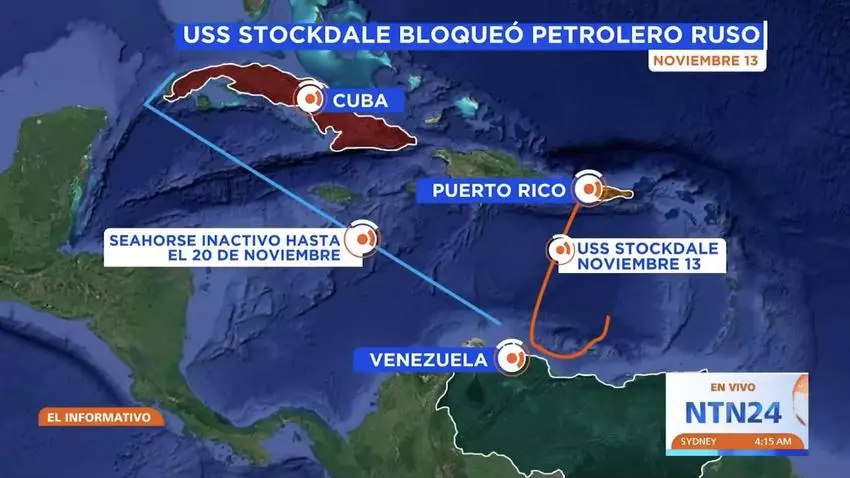
Trayectoria del ‘Seahorse’ / NTN24
La dependencia venezolana de la nafta rusa se intensificó en 2025. Ante ese vacío, Rusia se convirtió en el principal proveedor de Caracas.
Para mantener estos envíos, Moscú recurre a la llamada flota en la sombra, un conjunto de barcos que operan al margen de la ley y en completa clandestinidad para evadir el rastreo y sortear las sanciones impuestas a Rusia por la invasión de Ucrania.
Estados Unidos ha desplegado su armada en el Caribe, con el envío el 24 de octubre del portaaviones ‘Gerald R. Ford’ y varios buques de guerra en el marco de la operación “Lanza del Sur”. Además, desde septiembre, el Pentágono ha enviado destructores, submarinos y cazas F-35. El objetivo oficial del despliegue es combatir el narcotráfico y de bloquear las descargas de hidrocarburo ruso en la zona del Caribe. Sin embargo, el objetivo real es un intento más de Washington para provocar un cambio de Gobierno en Venezuela y la salida de Nicolás Maduro.

US WARSHIP BLOCKS RUSSIAN OIL TANKER IN THE CARIBBEAN. PHOTOS.
A US warship blocks a tanker carrying Russian oil in the Caribbean.
Venezuela. The ‘Seahorse’ belongs to the shadow fleet that Moscow uses to evade sanctions for the invasion of Ukraine and had previously made a stop in the Cuban port of Matanzas.
MEXICO – The ‘Seahorse’, loaded with Russian oil, was intercepted by the US Navy as it headed towards Venezuela and changed course, after two more attempts to reach its destination. It finally returned to the Cuban port of Matanzas, where it had previously been and from where it departed again for an unknown destination.
The incident occurred on November 13 when the US destroyer USS Stockdale positioned itself in its path. Although the United States has not confirmed a formal interception, the tanker’s immediate change of course suggests that the presence of the US vessel was enough to force it to withdraw.
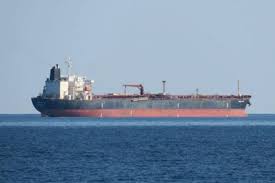
The Journey of the ‘Seahorse’ / NTN24
The ‘Seahorse’, sailing under the Cameroonian flag and belonging to the shadow fleet contracted by Russia, carries a key product for Venezuela: naphtha. This country needs naphtha to blend with its extra-heavy crude, one of the densest in the world. Without this blend, Venezuelan oil cannot be transported or exported, making naphtha essential for keeping the national industry operational.
Venezuela’s dependence on Russian naphtha intensified in 2025 when the United States reduced its shipments to zero. During the Biden administration, Chevron, one of the largest US energy companies, had managed to maintain some supplies under special licenses. However, this avenue was closed with the implementation of the maximum pressure policy pursued by President Donald Trump.
Venezuela’s dependence on Russian naphtha intensified in 2025. Faced with this shortage, Russia became Caracas’s main supplier.
To maintain these shipments, Moscow uses the so-called shadow fleet, a group of ships that operate outside the law and in complete secrecy to evade tracking and circumvent the sanctions imposed on Russia for the invasion of Ukraine.
The United States has deployed its navy to the Caribbean, with the deployment on October 24 of the aircraft carrier USS Gerald R. Ford and several warships as part of Operation Southern Spear. In addition, since September, the Pentagon has sent destroyers, submarines, and F-35 fighter jets. The official objective of the deployment is to combat drug trafficking and block Russian hydrocarbon shipments in the Caribbean. However, the real objective is yet another attempt by Washington to provoke a change of government in Venezuela and the removal of Nicolás Maduro.
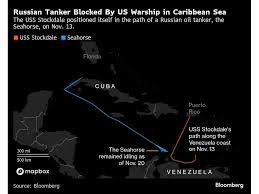
Agencies/ 14yMedio/ CubayVenezuelaHoy/ Internet Photos/ Arnoldo Varona.
THE CUBAN HISTORY, HOLLYWOOD.





